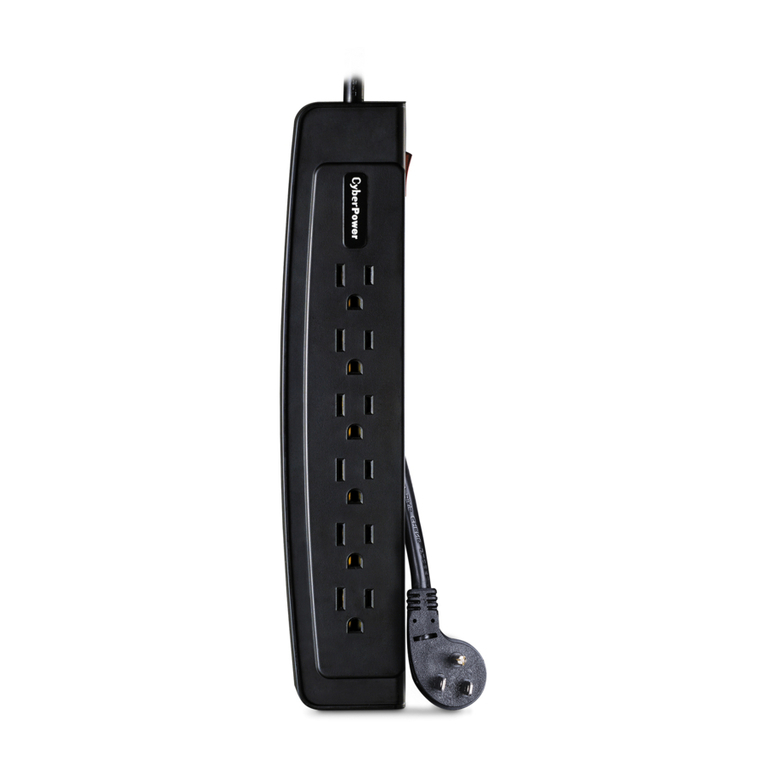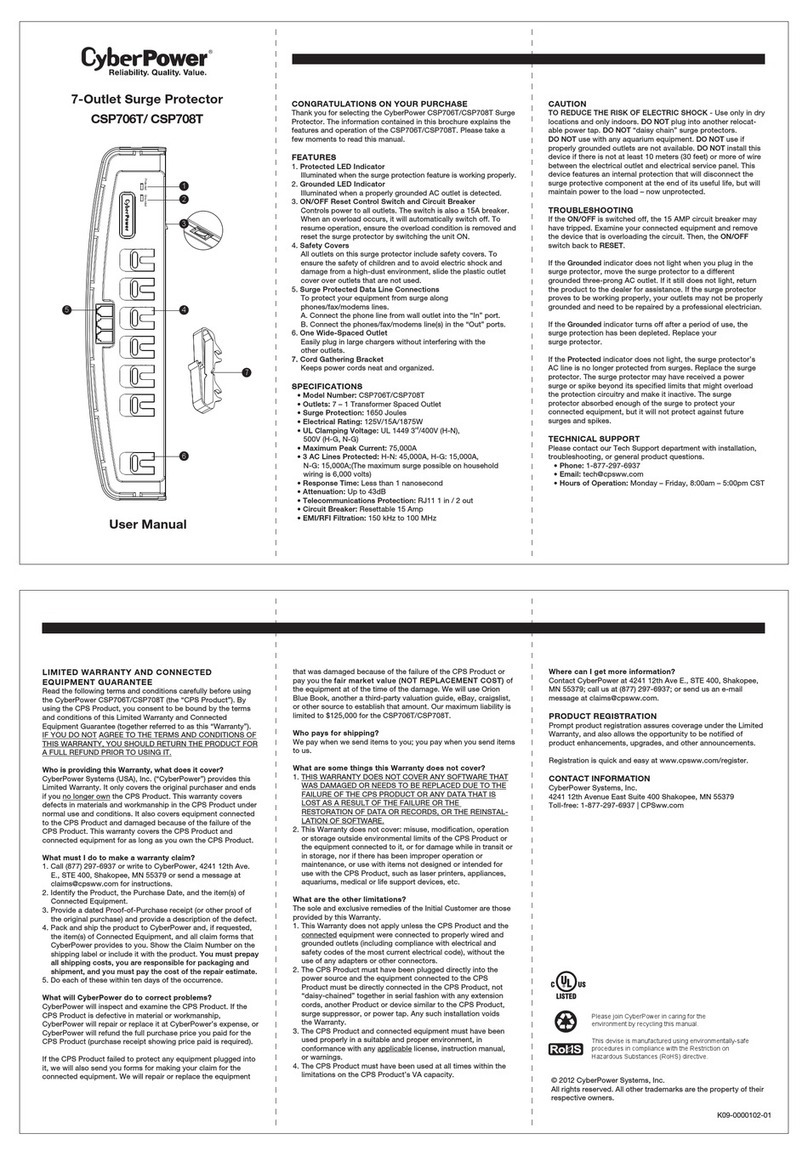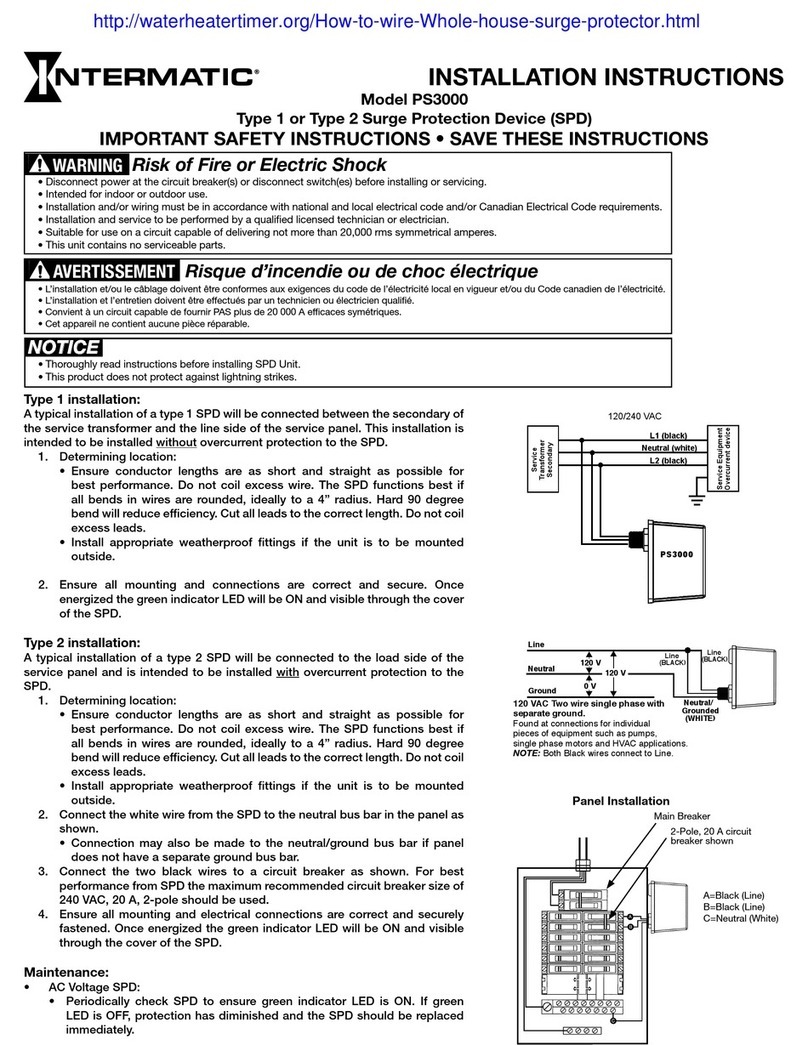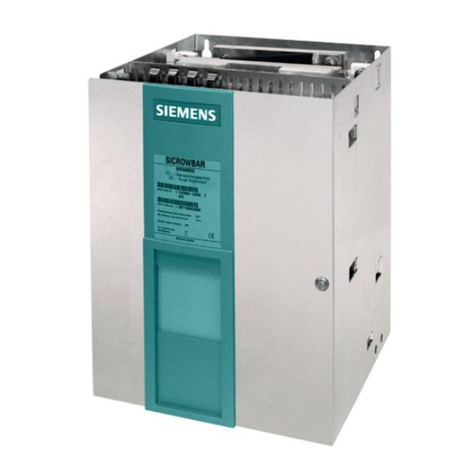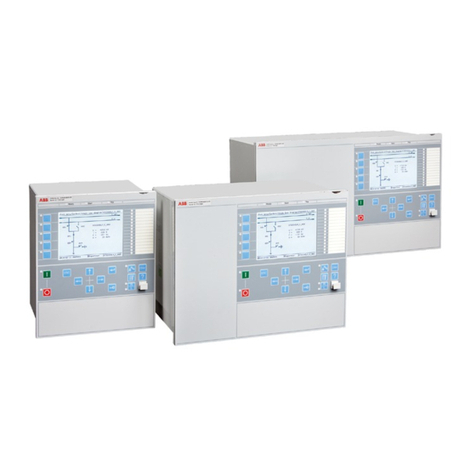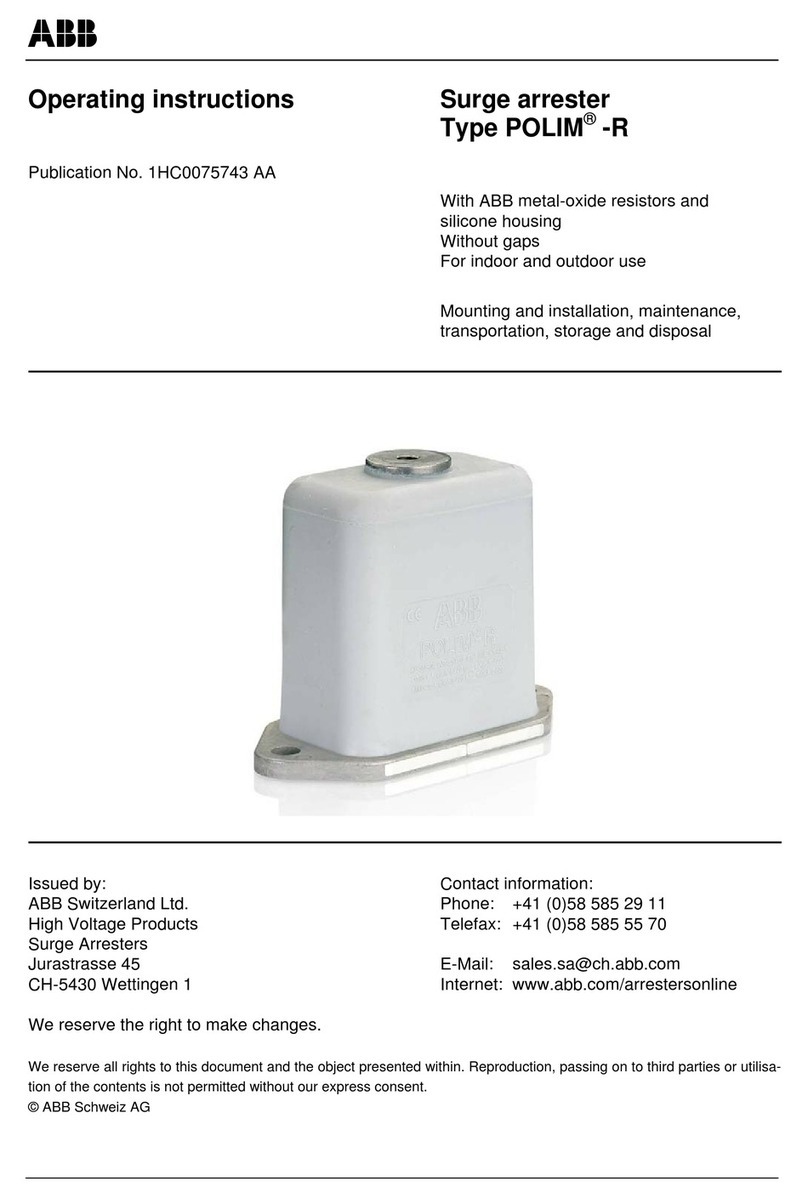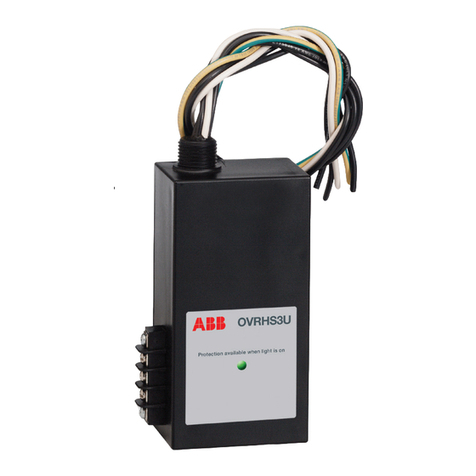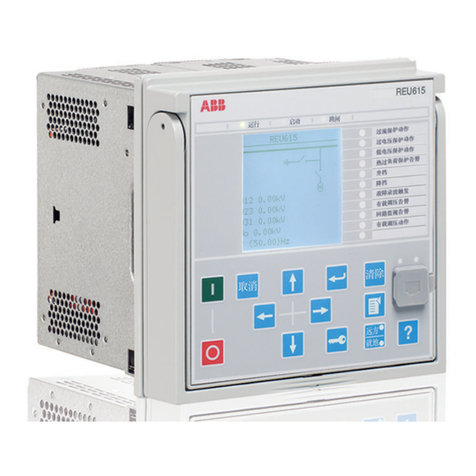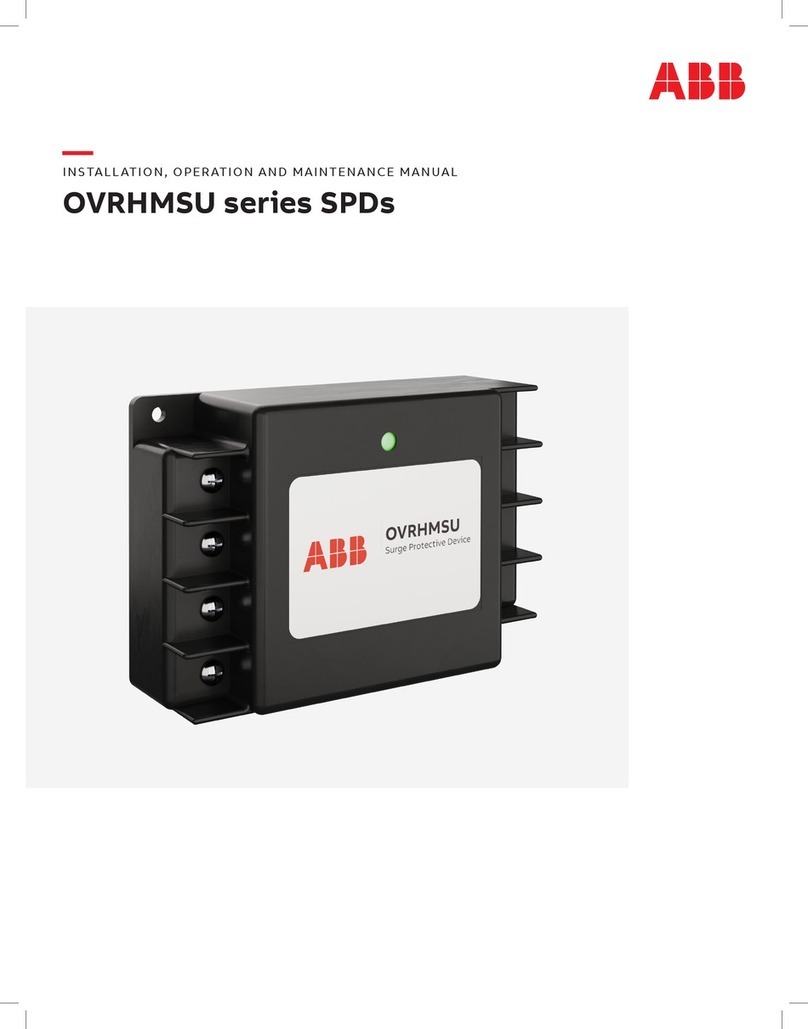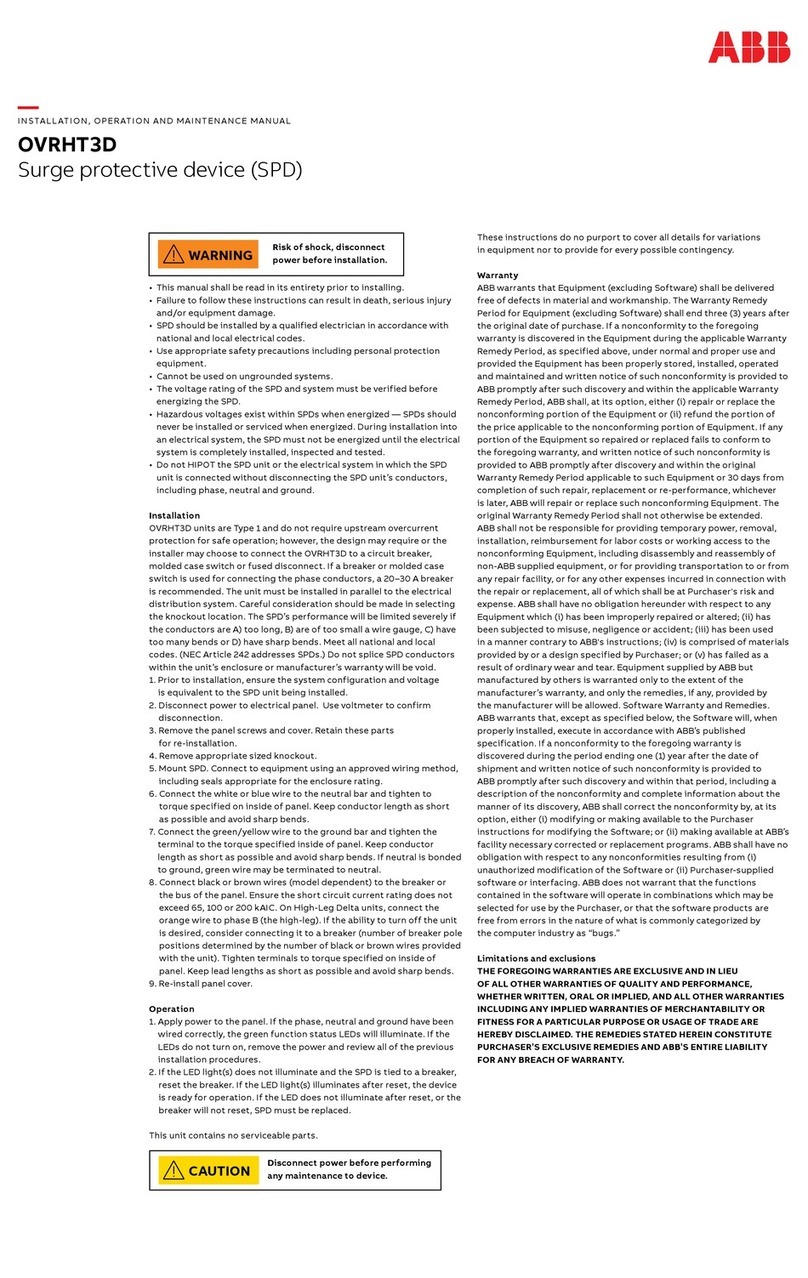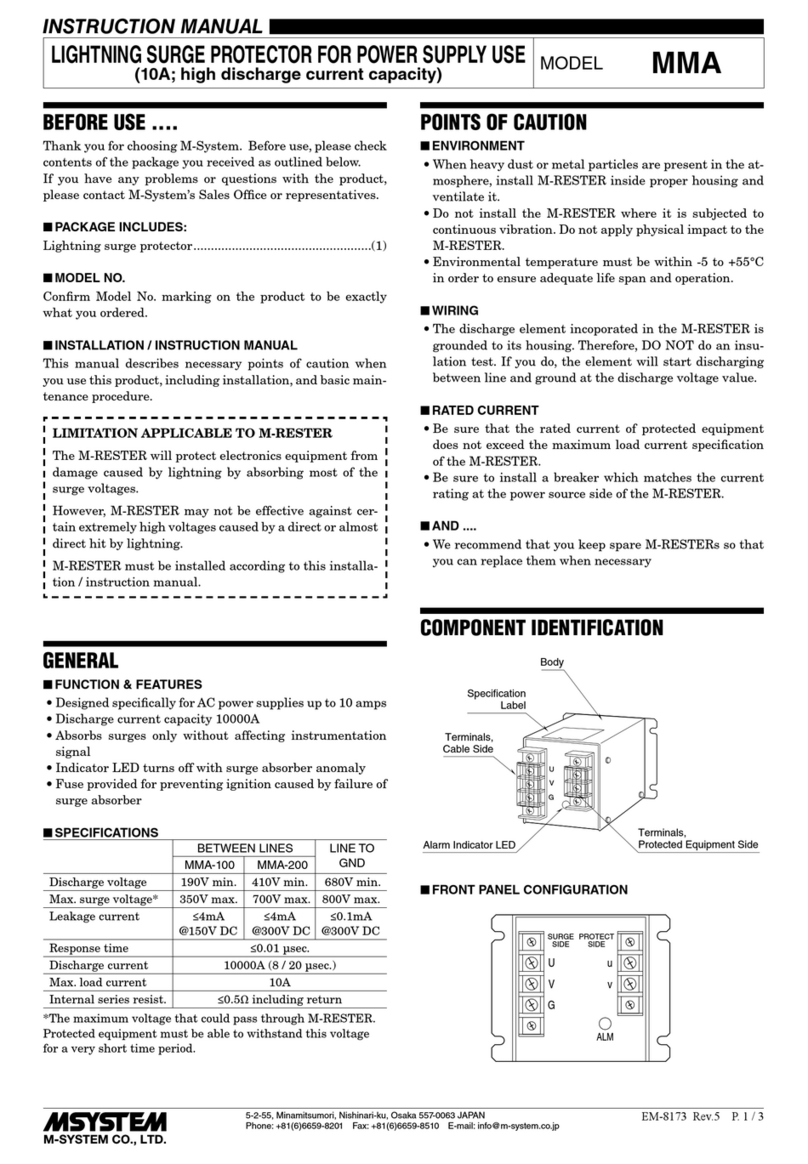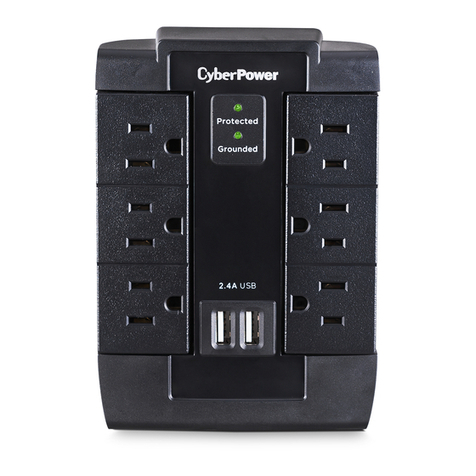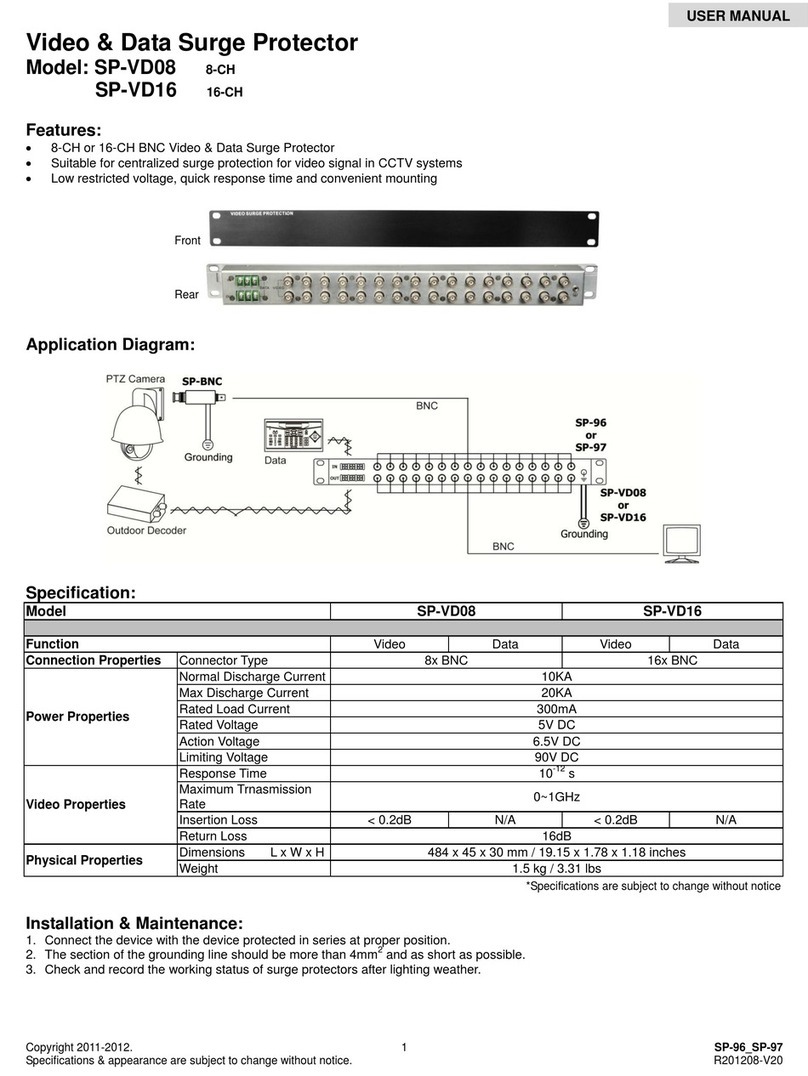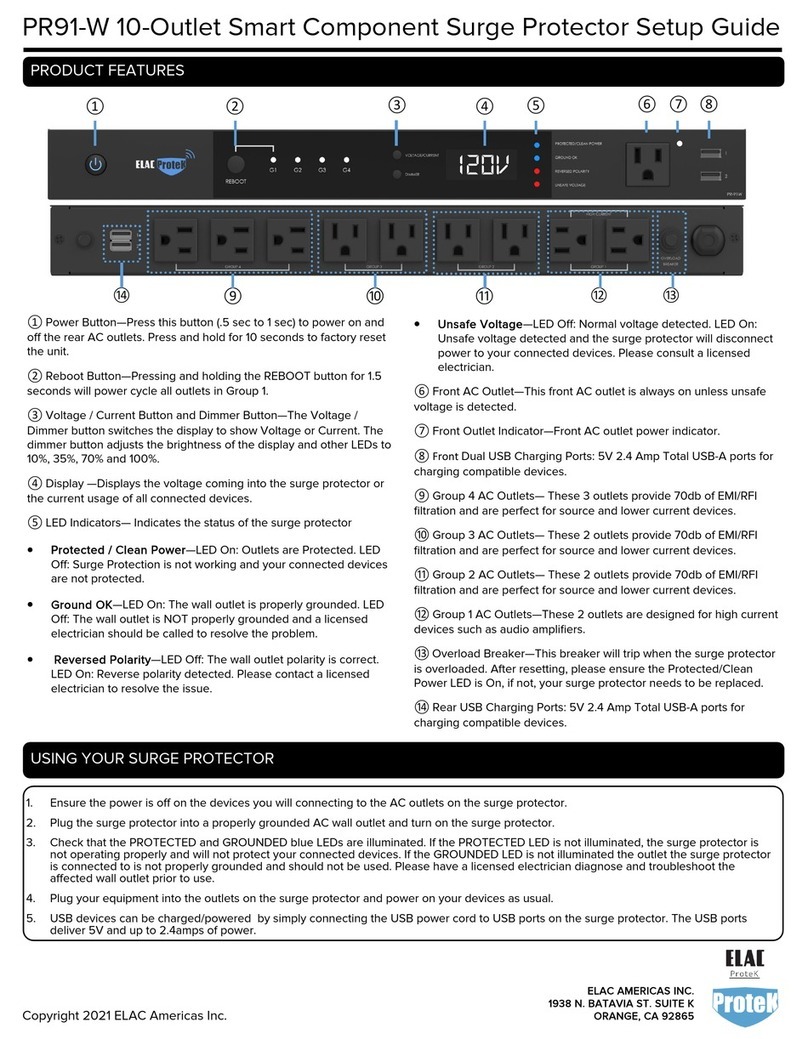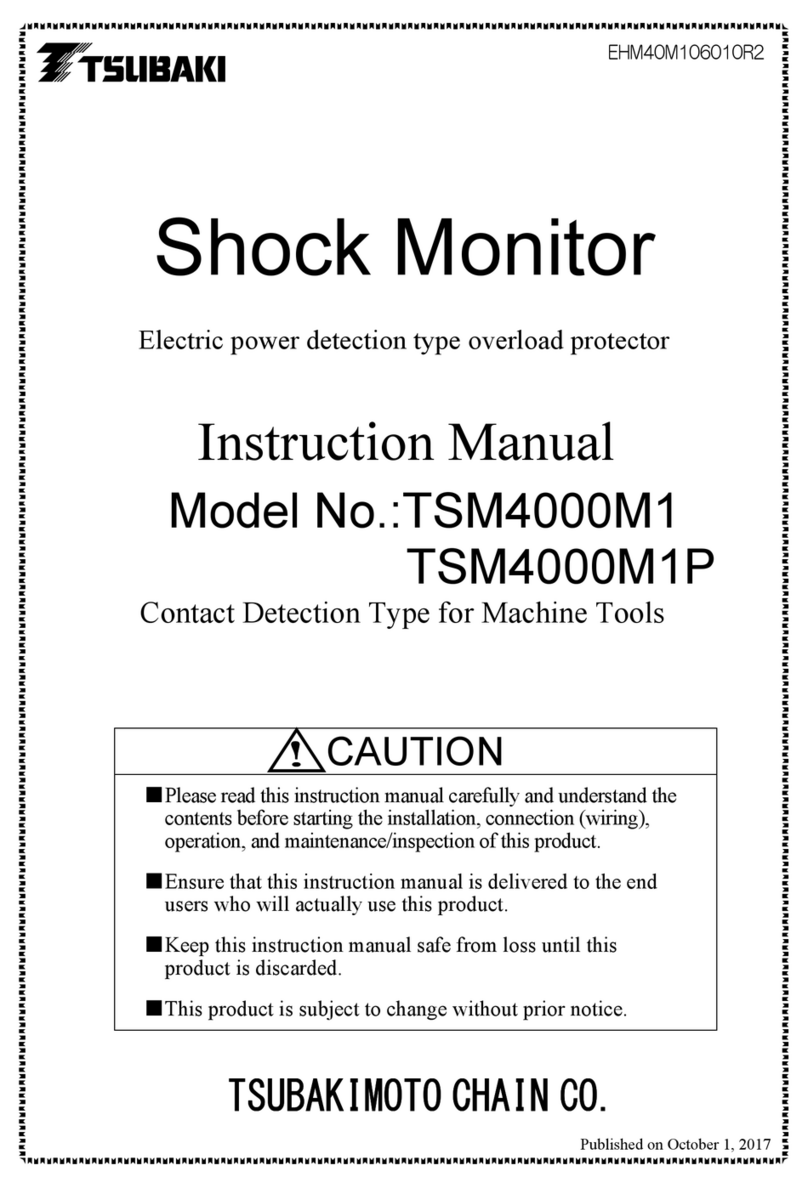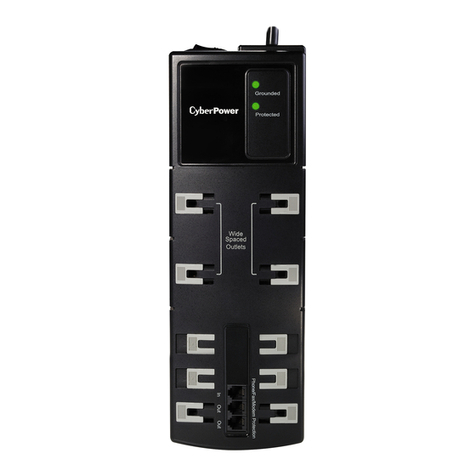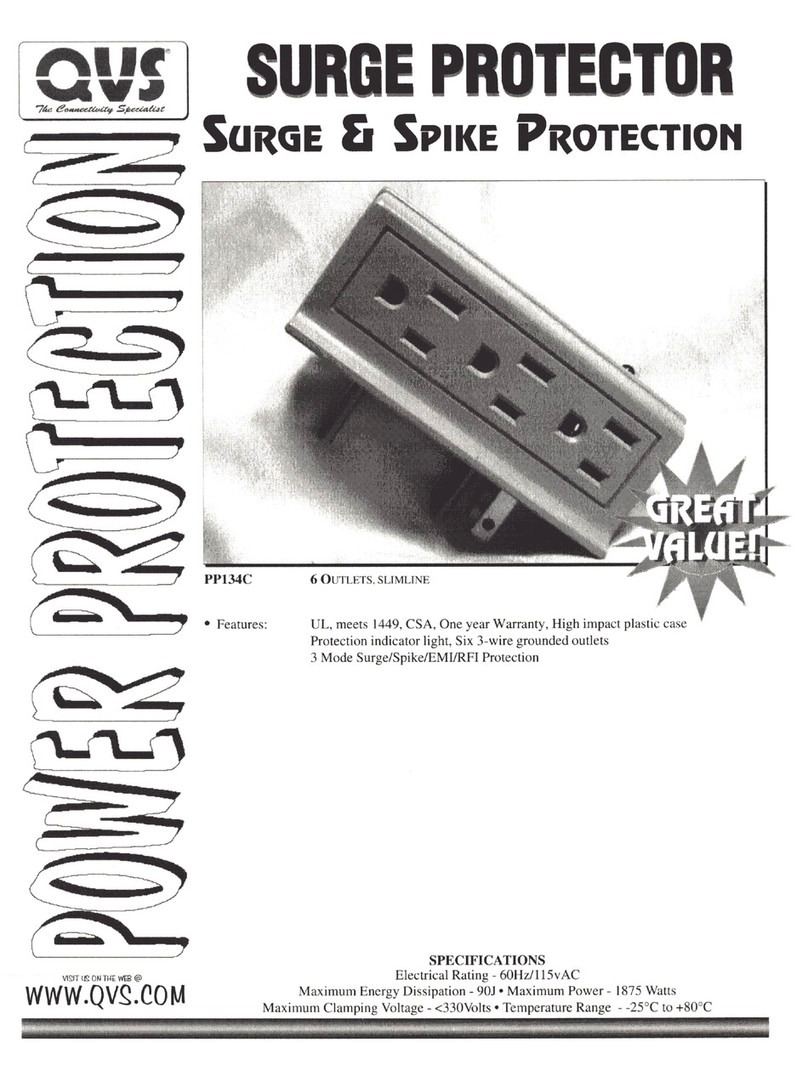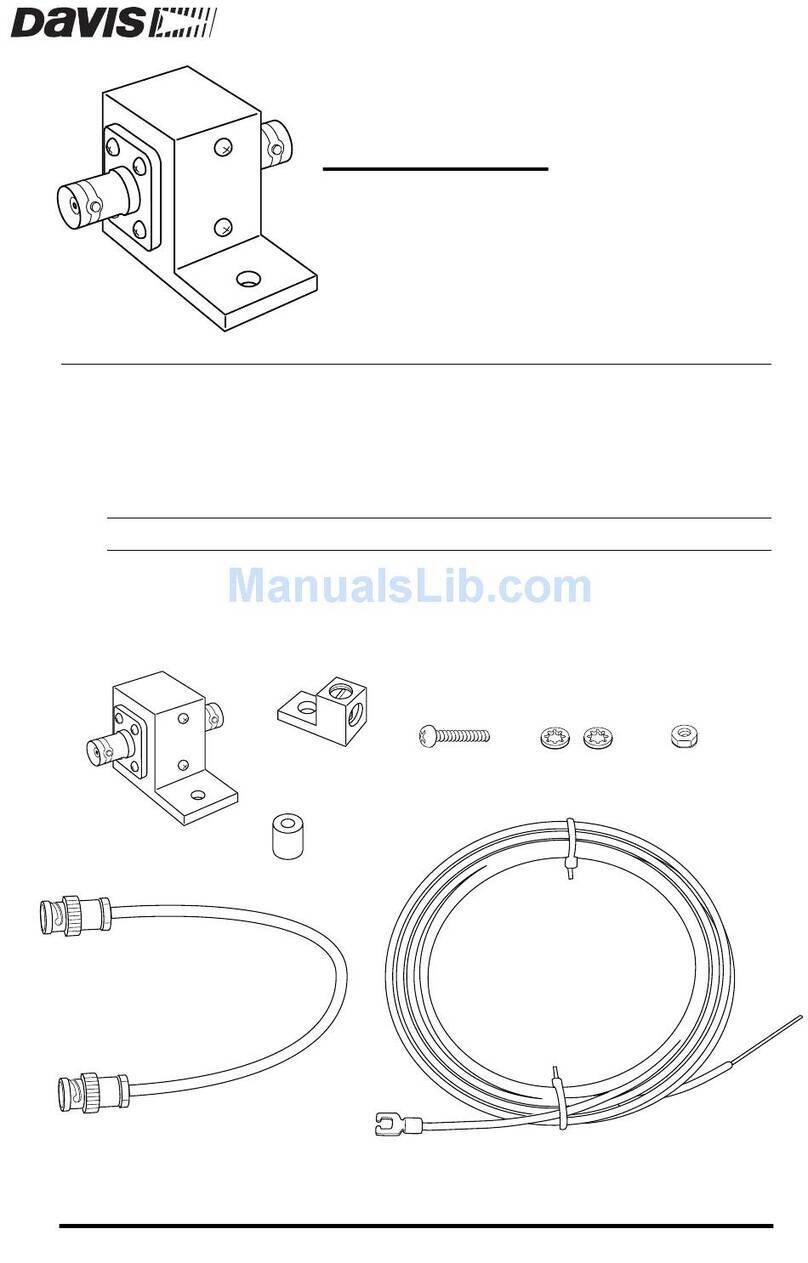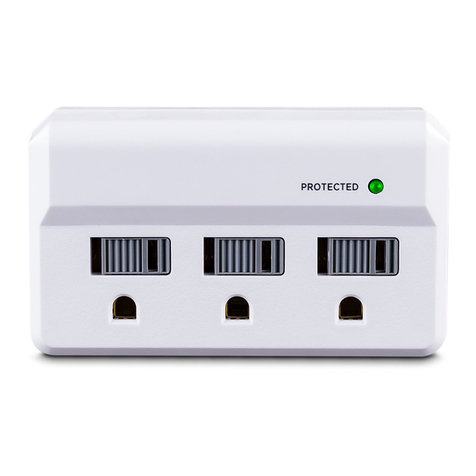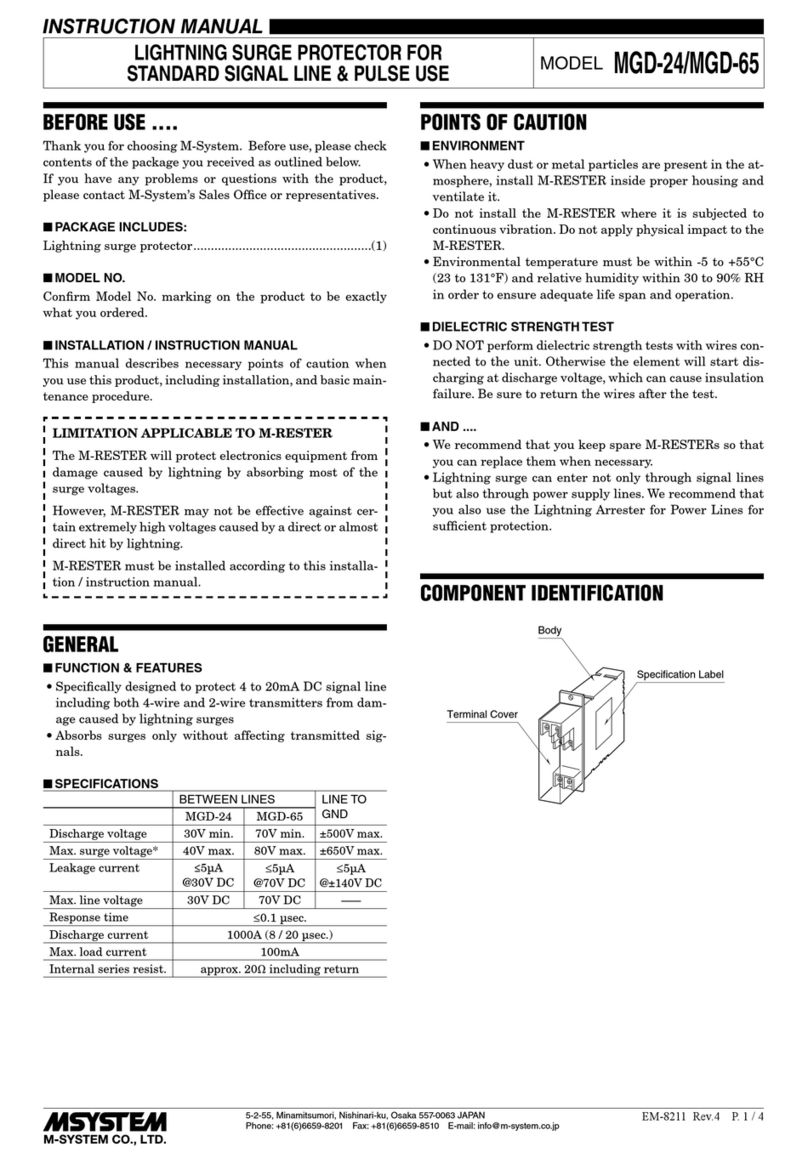
B1 copy starts here
B2 copy starts here
B3 copy starts here
Headline starts here
2
TPME AND TPHE NSBX AND NSWM SERIES INTEGRAL SPDS
—
Guide to installation and assistance
WARNING
The SPD warranty is voided if the unit is damaged as a
result of improper installation. Improper installation or
misapplication may result in serious personal injury or
damage to the electrical system. Read the complete
installation instructions before proceeding with
installation.
La garantie du SPD est annulée si l’appareil est
endommagé à la suite d’une mauvaise installation. Une
mauvaise installation, ou utilisation, peut entraîner des
blessures graves ou des dégâts au système électrique.
Lisez les instructions d’installation en intégralité avant
de procéder à l’installation.
WARNING
The equipment covered by these instructions should
be installed and serviced only by competent qualified
personnel utilizing proper safety practices and
procedures. These instructions are written for such
personnel and are not intended as a substitute for
adequate training and experience in safe procedures
for this type of equipment.
L’équipement couvert par ces instructions doit être installé
et entretenu uniquement par un personnel compétent et
qualifié, utilisant des pratiques et des procédures de
sécurité appropriées. Ces instructions sont rédigées à
l’intention de ce personnel et ne sauraient se substituer
à une formation adéquate et à une expérience des
procédures de sécurité pour ce type d’équipement
WARNING
Remove all power to the electrical panel before installing
or servicing the SPD. All work must be performed by
licensed and qualified personnel. Follow applicable
electrical codes and regulations for the country/location
in which the unit is being used.
Coupez l’alimentation du panneau électrique avant
d’installer ou de procéder à l’entretien du SPD. Tous les
travaux doivent être effectués par un personnel qualifié et
agréé. Respectez les codes et réglementations électriques
en vigueur dans le pays / lieu où l’appareil est utilisé.
WARNING
Do not HIPOT the SPD unit or the electrical system to which
the SPD unit is connected without disconnecting the SPD unit’s
conductors, including phases, neutral and ground.
Ne procédez PAS à des ESSAIS DE RIGIDITÉ DIÉLECTRIQUE sur
le SPD ou le système électrique auquel il est connecté sans
déconnecter les conducteurs des SPD, y compris les phases,
le neutre et la terre.
WARNING
Check to ensure that a proper bond is installed between neutral
and ground at the transformer upstream from all 3-phase wye,
3-phase high-leg or 2-phase SPD devices. If the transformer is
not accessible, check the main service disconnect/panel for the
NG bond. Lack of a proper bond may damage the SPD and void
the warranty. Failure to provide this bond, as required per article
250.30 of the National Electrical Code, can result in elevated
phase-to-ground source voltage potentials. These voltages can
cause damage to electrical equipment as well as safety hazards
including fire, electrical shock, serious injury or death.
Vérifiez qu’une liaison correcte est installée entre le neutre et
la terre au niveau du transformateur en amont de tous les SPD
triphasés en étoile, triphasés en triangle ou biphasés. Si le
transformateur n’est pas accessible, vérifiez la liaison NG sur
le sectionneur / panneau de service principal. L’absence d’une
liaison appropriée peut endommager le SPD et annuler la
garantie. L’absence de cette liaison, telle que requise par l’article
250.30 du Code national de l’électricité, peut entraîner des
potentiels de tension élevés entre la phase et la terre. Ces
tensions peuvent causer des dégâts aux équipements électriques
ainsi que des risques en matière de sécurité, notamment des
incendies, des chocs électriques, des blessures graves ou la mort.
WARNING
Installation by person with electrotechnical expertise only.
WARNUNG!
lnstallation nur durch elektrotechnische Fachkraft.
AVERTISSEMENT!
lnstallation uniquement par des personned qualifiées
électrotechnique.
IADVERTENCIA!
La instalación deberá ser realizada únicamente
por electricistas especializados.

